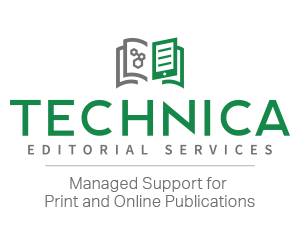As an editorial assistant, you may find yourself frequently training new editors. The tips provided here can help ease a scholar’s transition into an editor role as well as reinvigorate already established relationships to ensure lasting success.
Establish Your Role as an Editorial Assistant
This starts with an introductory call, perhaps with screen sharing. Outline what is expected of the editor, best practices for obtaining these expectations, and include any personal tips learned along the way. Set achievable daily goals with your editor, things they expect you to do and things you’ll be looking for from them as well. It’s a two-way street, where both parties must be able to depend on one another.
Enable Good Editor Habits
As an editorial assistant, what should you focus on in order to help editors thrive in their editorial role? Start with communication. What’s their preferred method of contact? A daily email reminder? Phone calls when something big changes on the dashboard? Help your editor figure out what will work best with their schedule, then mold your habits around theirs. With regard to communication, also remember that you serve as the editor’s liaison for all other parties in the journal. You’re representing the editor, so make sure the two of you have worked out what this should look like and what their expectations are.
Get familiar with the journal’s established policies and provide your editor with the resources to do so as well. For example, help the editor understand the journal’s scope and keep this in mind when making decisions. If the journal does not have established internal protocols for things such as how to handle appeals and misconduct, be sure to help your editor create these for your office as well.
Tips for Long-Term Success
Be accessible to your editor. Make sure they have your office and/or cell number. Also be sure they know when you’re going to be away from the office, either through direct communication or a thorough out-of-office message. Be timely in your response to the editor and to others involved in the journal. Always provide confirmation of receipt within 24 hours, even if a definitive answer is still being researched.
Know your journal’s common problems and have a protocol in place for how to handle these situations. Make it something that both you and your editor can efficiently refer to so that the issue can be consistently handled every time.
Perhaps most importantly, always be as flexible as possible. See the big picture and understand where your role fits into the overall workflow. Tailor your workflow to preemptively help the other roles out as well. Be aware of which editors may need more guidance and which seem to be more self-sufficient. And always expect the unexpected. Things are going to come up: Know who to turn to and where your resources are.
Remember, you’re there to make the editor’s life easier – whatever that may look like.




